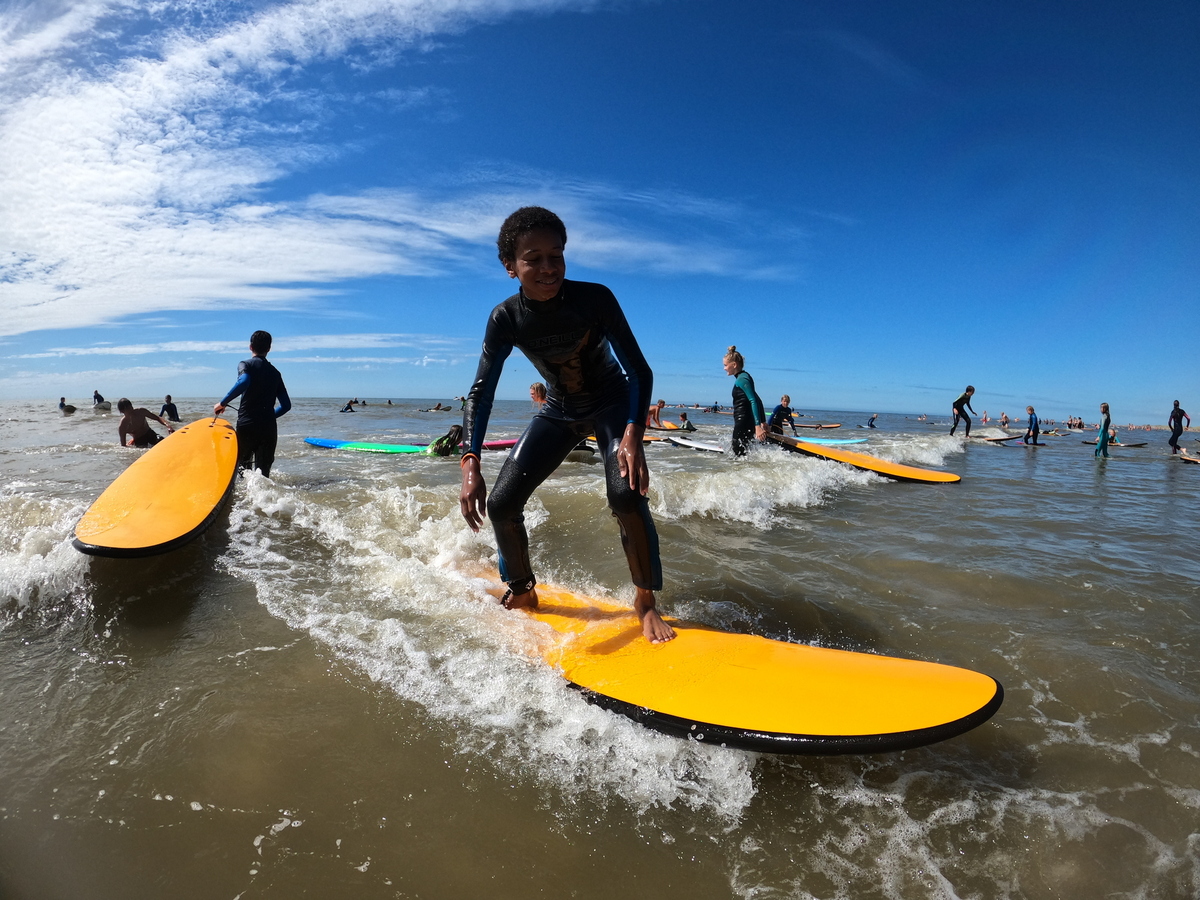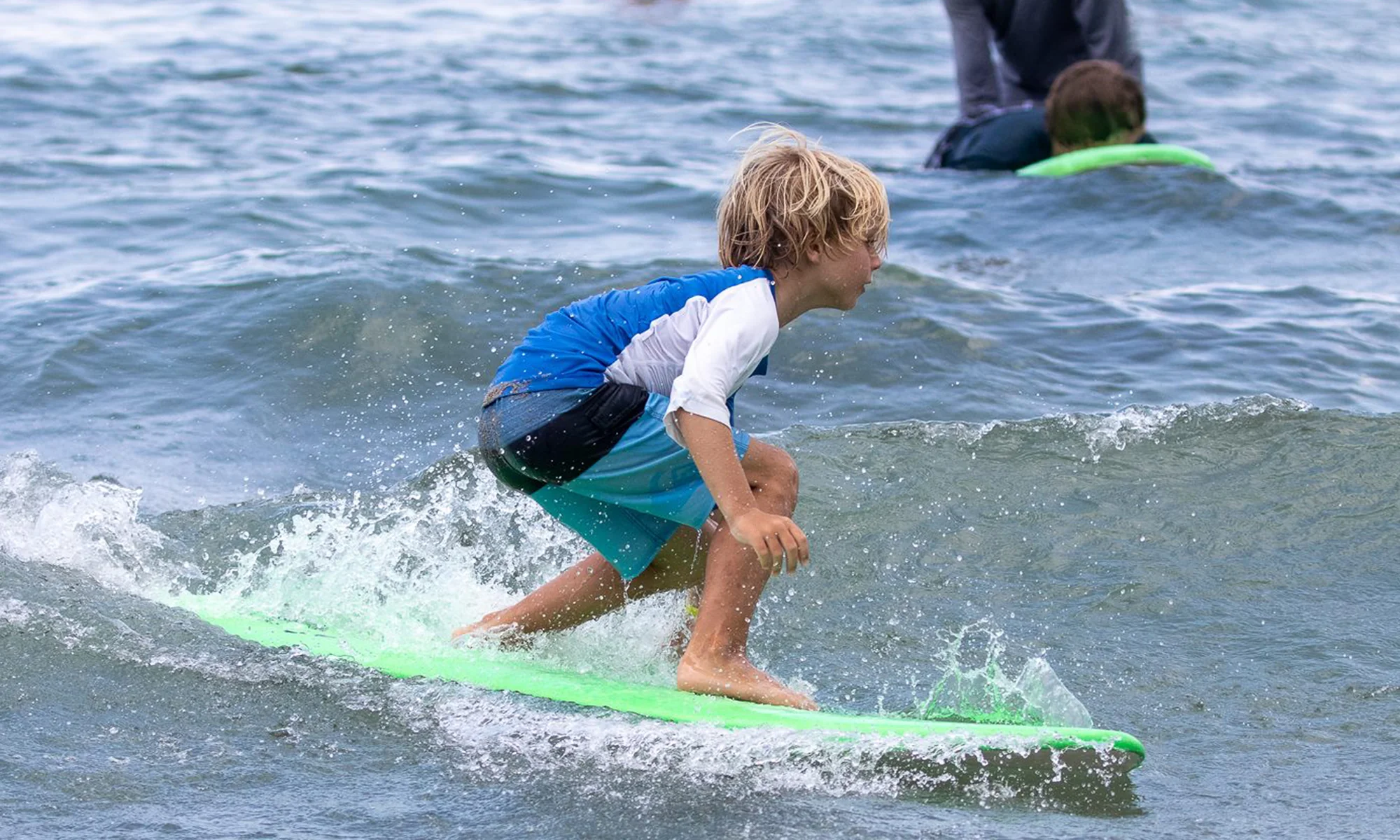Surf camps offer an exciting opportunity for individuals of all skill levels to immerse themselves in the world of surfing while enjoying the camaraderie of like-minded enthusiasts. However, like any specialized activity, participating in a surf camp comes with associated costs. These costs can vary significantly depending on factors such as location, duration, amenities, and the reputation of the camp.
Accommodation: One of the most significant costs associated with the papayasurfcamps is accommodation. Camps often offer various options ranging from basic shared dormitories to private rooms or luxury villas. The type of accommodation you choose will greatly influence the overall cost of your experience. Generally, shared dormitory-style accommodation is more affordable, while private rooms or luxury options come with a higher price tag.
Surf Lessons/Guidance: The primary purpose of a surf camp is to provide instruction and guidance to participants, regardless of their skill level. The cost of surf lessons is typically included in the overall package price, although some camps may offer different pricing structures based on the number of lessons or the level of instruction provided. Private lessons or specialized coaching may also incur additional fees.
Equipment Rental: Surf camps often provide access to surfboards, wetsuits, and other necessary equipment as part of the package price. However, if you have specific preferences or requirements, such as using premium-quality boards or gear, you may incur additional charges.

Meals: Many surf camps offer meal packages that include breakfast, lunch, and dinner. The cost of meals can vary depending on the quality and quantity of food provided, as well as any special dietary requirements or preferences. Some camps may offer communal dining experiences, while others may provide more flexible options for participants.
Transportation: Depending on the location of the surf camp and your method of travel, you may incur transportation costs to reach the campsite. This could include airfare, ground transportation, or other expenses associated with getting to and from the camp.
Additional Activities: In addition to surf lessons, many camps offer a range of other activities and excursions, such as yoga sessions, guided tours, or cultural experiences. While these activities may not be included in the base package price, they can enhance your overall experience and may be worth the additional cost.
Insurance: Some surf camps require participants to have travel insurance or specific coverage for activities such as surfing. This is especially important for international travelers or those participating in more advanced surf camps with higher inherent risks.
Gratuities: It’s customary to tip instructors, guides, and staff members at surf camps as a gesture of appreciation for their services. While not typically included in the upfront cost, budgeting for gratuities is an important consideration for ensuring a positive experience for everyone involved.


